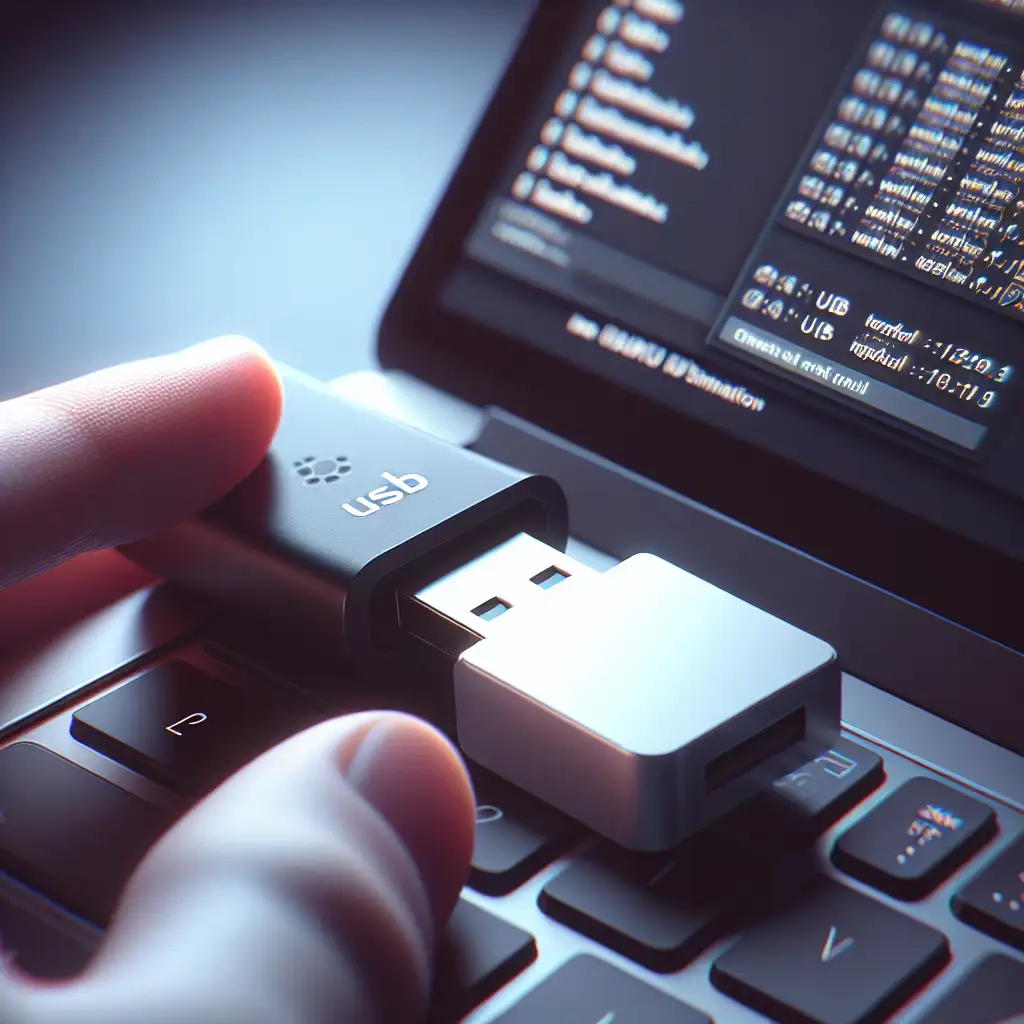Step-by-Step Guide: Installing Ubuntu from USB for a Seamless Linux Experience
Forget complicated multi-step setups or lingering on legacy methods; mastering the USB installation of Ubuntu cuts downtime and accelerates your Linux deployment with a straightforward, fail-proof approach that even seasoned engineers might overlook.
Installing Ubuntu from a USB drive has become an essential skill for developers, IT professionals, and Linux enthusiasts alike. Optical drives are quickly becoming obsolete, and using a USB stick to install Ubuntu offers speed, flexibility, and convenience. Whether you want to set up a new machine, troubleshoot an existing one, or simply experiment with Linux without affecting your current OS, this guide will walk you through each step to get Ubuntu up and running smoothly.
What You’ll Need Before Starting
- A USB flash drive (minimum 4GB recommended)
- An Ubuntu ISO file — download the latest version from ubuntu.com
- A tool to create a bootable USB — for Windows/macOS: tools like Rufus or Etcher; for Linux:
ddorStartup Disk Creator - A computer to install Ubuntu on
- Backup your data — Installing Ubuntu can erase all disks if not careful!
Step 1: Download the Latest Ubuntu ISO
Head over to the official Ubuntu download page and grab the latest LTS (Long Term Support) release for stability. The LTS versions are supported for five years, making them ideal for production and development environments.
Step 2: Create a Bootable USB Drive
On Windows Using Rufus:
- Insert your USB drive.
- Open Rufus.
- Select the USB device.
- Choose the downloaded Ubuntu ISO file.
- Select partition scheme (MBR for legacy BIOS or GPT for UEFI systems).
- Click Start — Rufus will format your USB and write the image.
On macOS Using Etcher:
- Insert your USB stick.
- Open Etcher.
- Select the Ubuntu ISO file.
- Choose your USB drive as target.
- Click Flash and wait.
On Linux Using Terminal:
Run this carefully:
sudo dd if=/path/to/ubuntu.iso of=/dev/sdX bs=4M status=progress && sync
Replace /dev/sdX with your USB device name (lsblk can help here). This command writes the ISO directly to the USB device.
Step 3: Boot from Your USB Drive
- Insert the bootable USB into your target computer.
- Restart it and enter BIOS/UEFI setup (usually pressing
F2,F12,Delete, orEscduring boot). - Change boot order to prioritize USB devices.
- Save changes and reboot.
If done correctly, your system should boot into the Ubuntu live environment.
Step 4: Try Ubuntu or Start Installation
When you see the GRUB menu:
- Choose Try Ubuntu if you want to test out the OS without changing anything on your system; this is great for troubleshooting.
- Choose Install Ubuntu if you’re ready to proceed with installing it on your hard disk.
Step 5: Follow the Installer Wizard
The installer is user-friendly but here are key points to watch:
-
Keyboard layout: Confirm yours is selected correctly.
-
Installation type:
- Erase disk and install Ubuntu (Warning: will erase data)
- Install alongside another OS (dual boot)
- Something else (manual partitioning—advanced users)
-
Configure timezone, user name, password.
Step 6: Installation Complete — Reboot Your System
After installation finishes:
- Remove the USB drive when prompted.
- Press Enter to reboot.
- Your computer should now boot into fresh Ubuntu!
Pro Tips for a Smooth Installation Experience:
- Use a wired internet connection during install for updates & third-party drivers.
- Back up critical data before starting any installation process.
- UEFI systems may require disabling Secure Boot in BIOS settings if issues arise during installation.
- If unsure about partitions, consider using default settings unless advanced partitioning is necessary.
Wrapping Up
Installing Ubuntu from a USB drive isn't just handy—it’s now essential in modern IT workflows where optical drives are rare and network-based installs sometimes impractical or slow. By following these simple steps, you’ll ensure reliable installations that get you up and running quickly with one of the most powerful open-source operating systems available today.
Ready to accelerate your Linux deployments? Start by creating that bootable Ubuntu USB—you’re just minutes away from unlocking an entire world of open-source possibilities!
If you found this guide helpful or have questions about specific installation scenarios, drop a comment below! Happy coding with Ubuntu!
